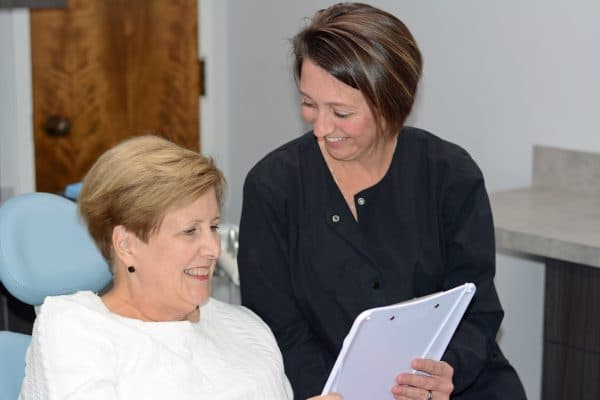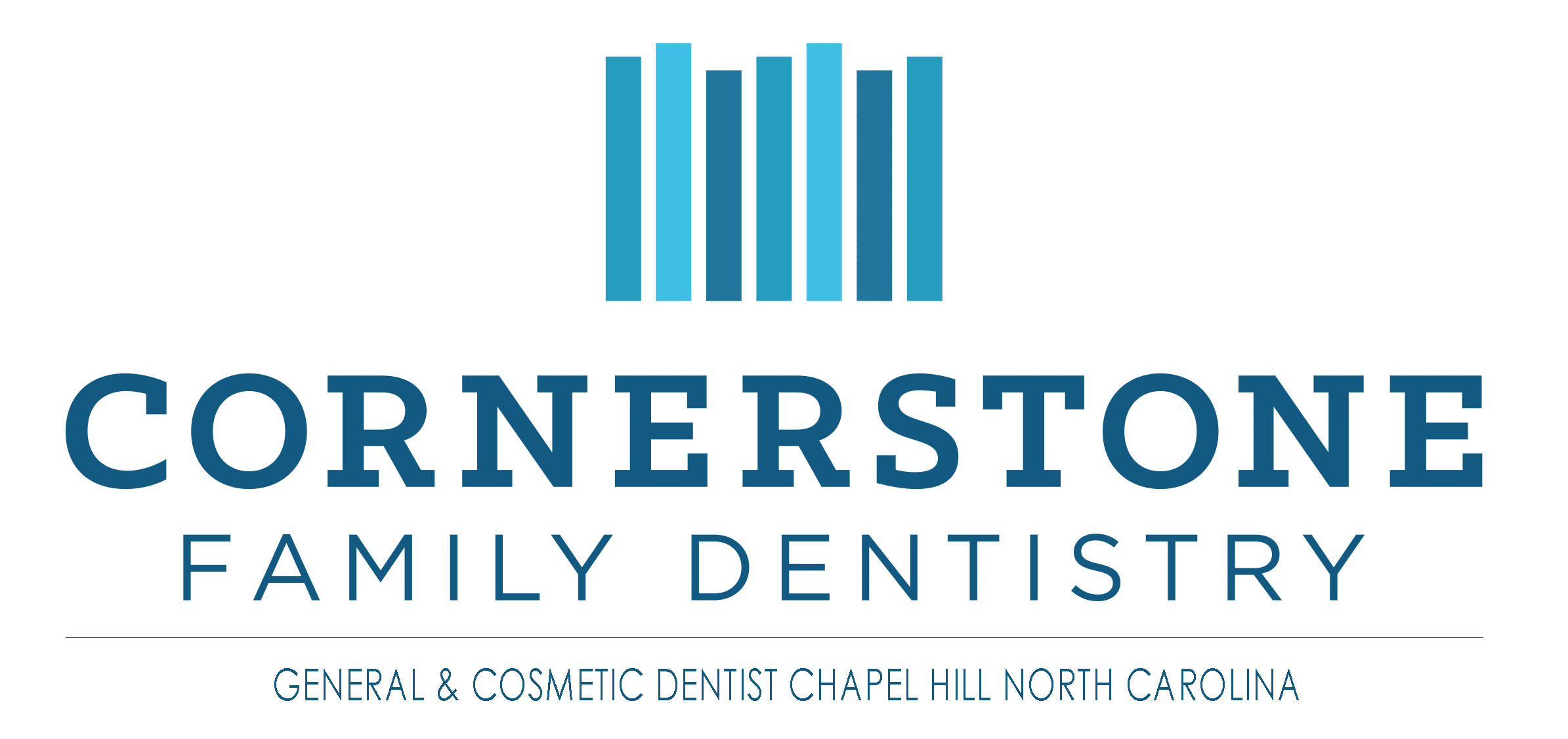Lingual Braces
There are numerous options available for people who want to improve their smile with straighter teeth. However, very few people are familiar of lingual chapel hill braces. This article will review what lingual braces are and how they differ from more traditional types of braces. With over 4.5 million people in the United States wearing braces or another type of appliance with the goal of straightening their teeth and obtaining a more beautiful smile, it is critical. Braces are not just an important option for kids; from the millions who are using an orthodontic treatment, nearly one quarter of those patients are adults.
Lingual Braces Defined
Lingual braces are placed behind the teeth, near the tongue and the palate. In comparison, traditional braces are placed on the front of the teeth. Because they are placed on the backs of the teeth, they are an excellent cosmetic alternative for those who want straighter teeth straightened, without the unsightly appearance of traditional braces.
The process for lingual braces begins with the orthodontist obtaining an impression of the teeth. The impression is then sent to a dental laboratory and used to create custom-made brackets. The process takes about five to six weeks. Once the brackets are available, the orthodontist uses a specialized process to cement the braces onto the back surfaces of the teeth.
Similar to traditional braces, this product works by applying a gentle, continuous pressure on the teeth. This force helps them slowly shift into the desired position. The treatment time ranges and can take anywhere from 18 to 36 months. The time is dependent on how severe of the patient's overcrowded teeth or bite is.
Braces are truly worth the up-front investment cost. However, it is important to note that lingual braces have special requirements. Because they are customized for each patient, they are more expensive and the treatment time is typically more involved. One of the biggest factors in the consideration of the cost of materials. Each tooth receives its own installment of brackets and arch wires. The price for lingual braces is typically $5,000 or more.
Not all orthodontists offer lingual braces for their patients. Specialize training and technical expertise are required to offer this solution. The American Lingual Association of Orthodontists represents orthodontists who are dedicated to offering the lingual braces procedure to their patients.
Types of Lingual Braces
Your choice of brand varies based on your orthodontist and their recommendation. It can also depend on as your personal preference. Regardless of the brand, the oral appliance device options all work using the same technique. The difference is in the design and how the braces are attached and secured to the back of the teeth. Some of the most popular brands used by orthodontists include the following:
- Incognito
- iBraces
- In-Ovation
- STb Light Lingual System
- Suresmile Lingual QT
Care for Lingual Braces
As with any orthodontic appliance, good oral hygiene is critical to ensure that you do not experience gingivitis or tooth decay during your treatment. Proper dental hygiene should always include:
- Brushing twice a day for at least two minutes each time
- Use of a soft, round-bristle toothbrush and brushing towards the gumline and the teeth
- Daily flossing; a floss threader can be helpful to reach difficult areas of the teeth and between the braces. An interproximal brush can also be helpful for removing plaque and food debris caught between the teeth
- An oral irrigation device can be used to flush out food debris which gathers around the brackets and the teeth
- Rinse using a fluoride mouthwash to help strengthen the teeth and prevent decay
Lingual braces can also cause irritation to the tongue and may also cause it to become tender. It can be helpful to use wax against the lower teeth to cover the braces can help prevent the tongue from scraping against the braces. Some people find that it can be more difficult to speak clearly and enunciating while wearing lingual braces. With practice, patients will get used to the feel of the braces on the backs of their teeth and talk normally in no time.
Professional dental cleanings every six months are especially important for patients who have braces. Daily dental habits including brushing twice each day and regular flossing help to prevent the buildup of plaque and tooth decay.
Achieving a beautiful smile is worth the temporary inconvenience and expense of braces. Despite the difference they can make, some people are hesitant to make the investment. Lingual braces are an exception solution to this problem. Follow up with an orthodontist to discuss which type of braces are right for you. It is worth the time and expense to achieve a beautiful smile and healthy, straight teeth.
More on Braces : clear braces





High-Quality Dental Care
At Cornerstone Family Dentistry in Chapel Hill, all our services are performed with the patient in mind. We want you to feel comfortable in the dental chair, confident in our work, and most importantly, we want you to fall in love with your smile again. If you would like to schedule an appointment or if you have any questions about cosmetic procedures that we offer, please contact us at (919) 595-1010.
